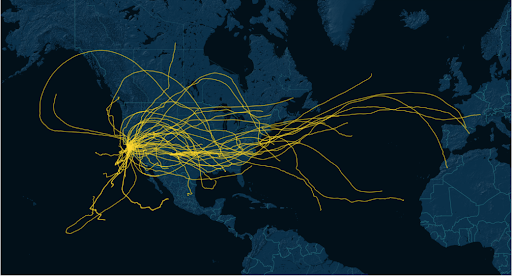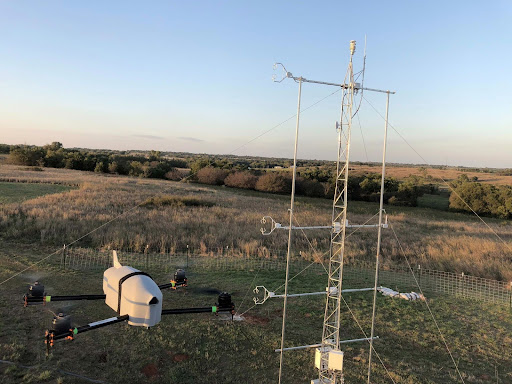Uncrewed Aircraft Observations to Characterize the Land Surface and Its Interaction with the Lower Atmosphere
This project will utilize observations from uncrewed aerial systems (UAS) to gain a better understanding, as well as new perspectives, of weather and water over complex terrain. These observations, which include soil moisture, snow cover, snow reflectivity, vegetation, as well as lower atmospheric properties, will aid in development and advancement of weather and water forecasting…









